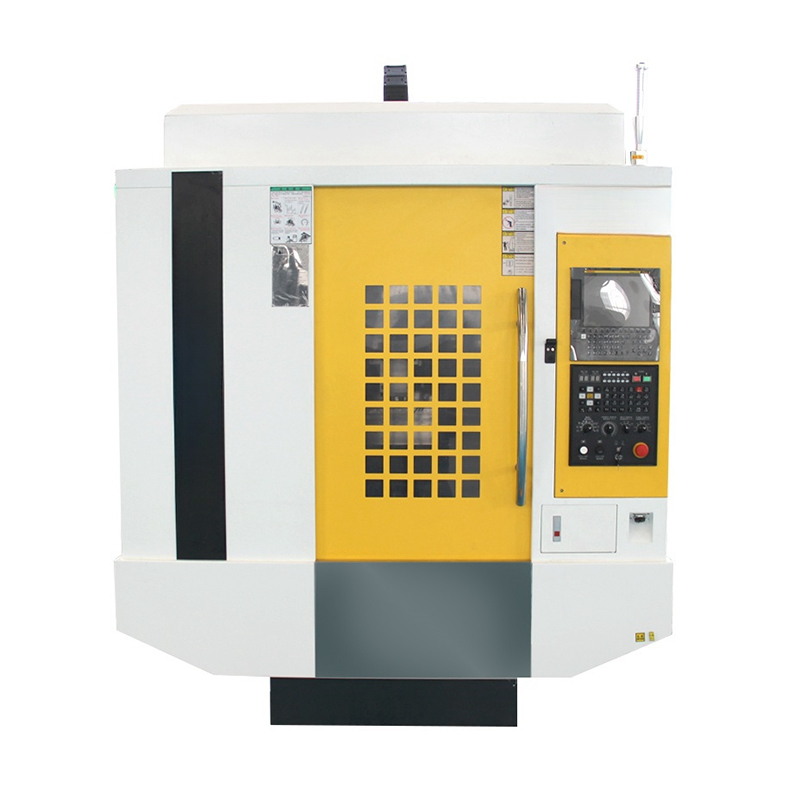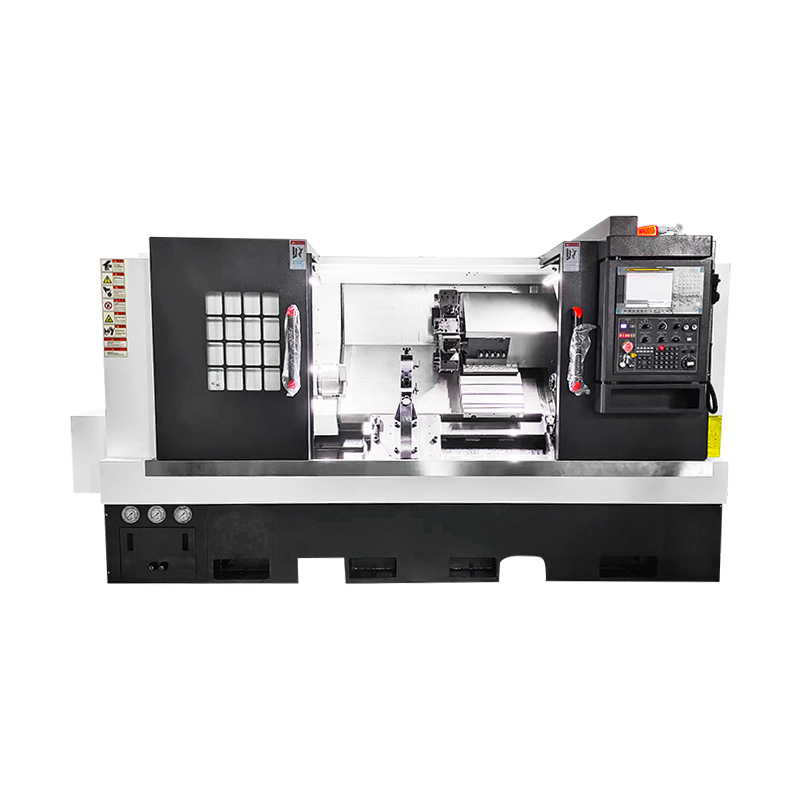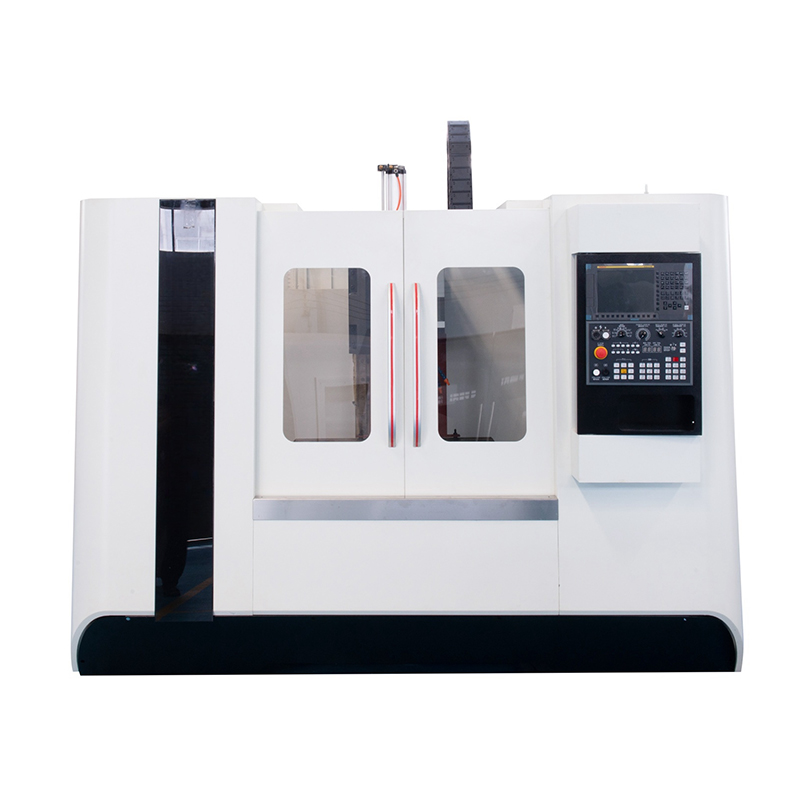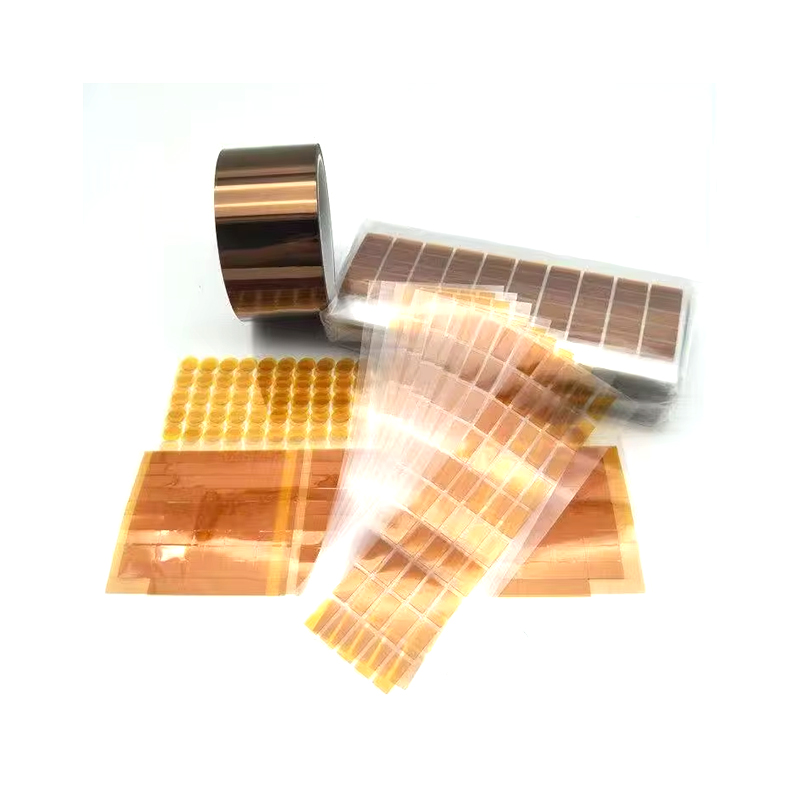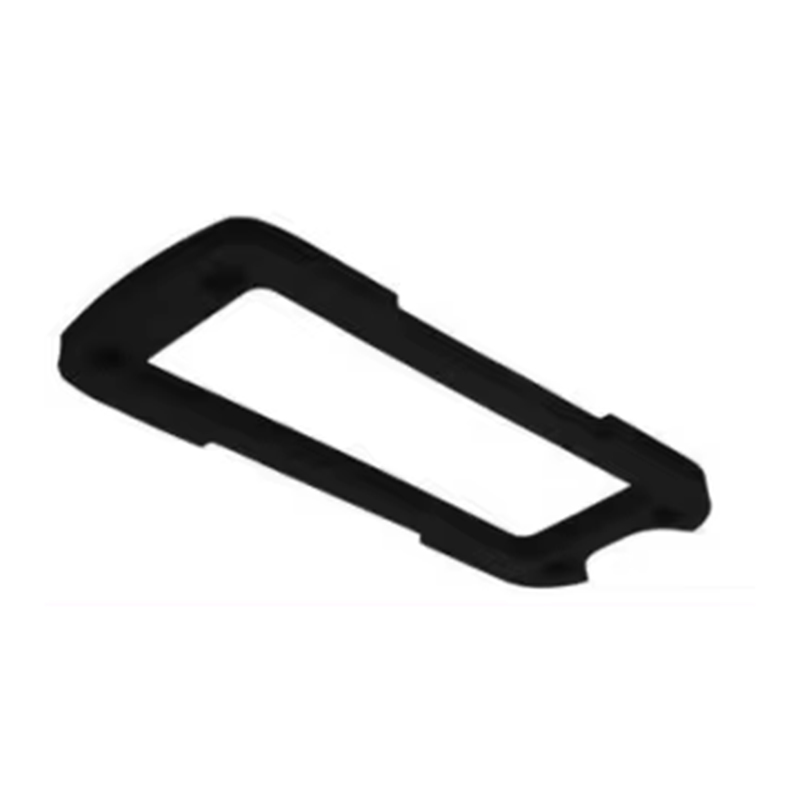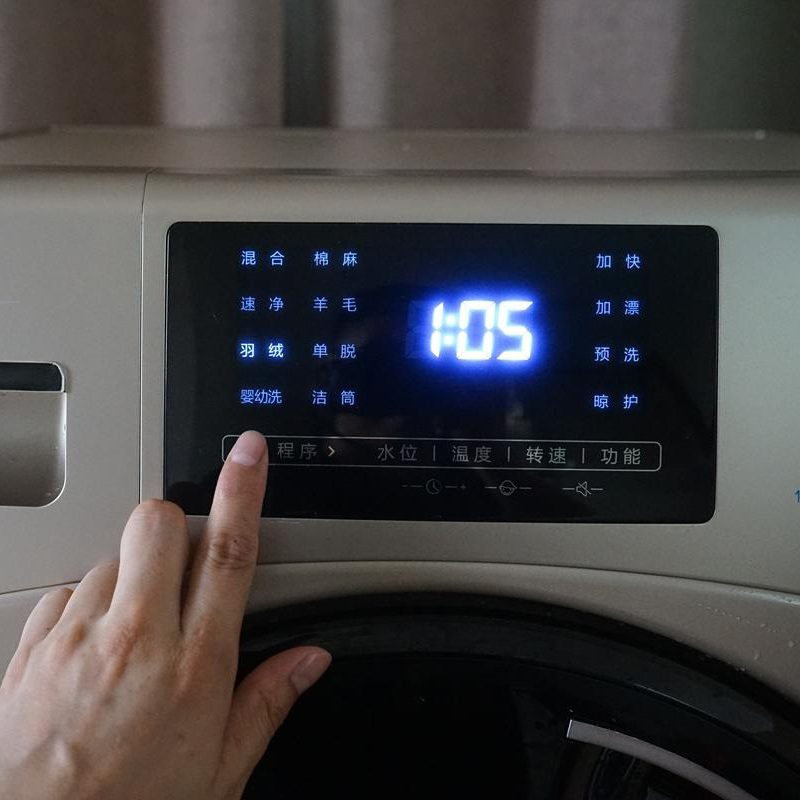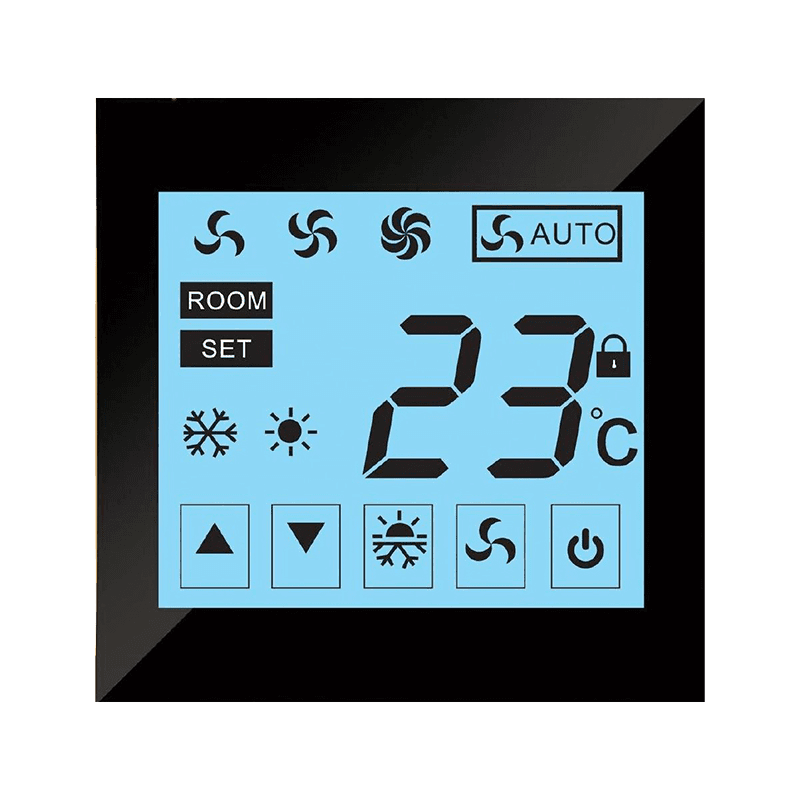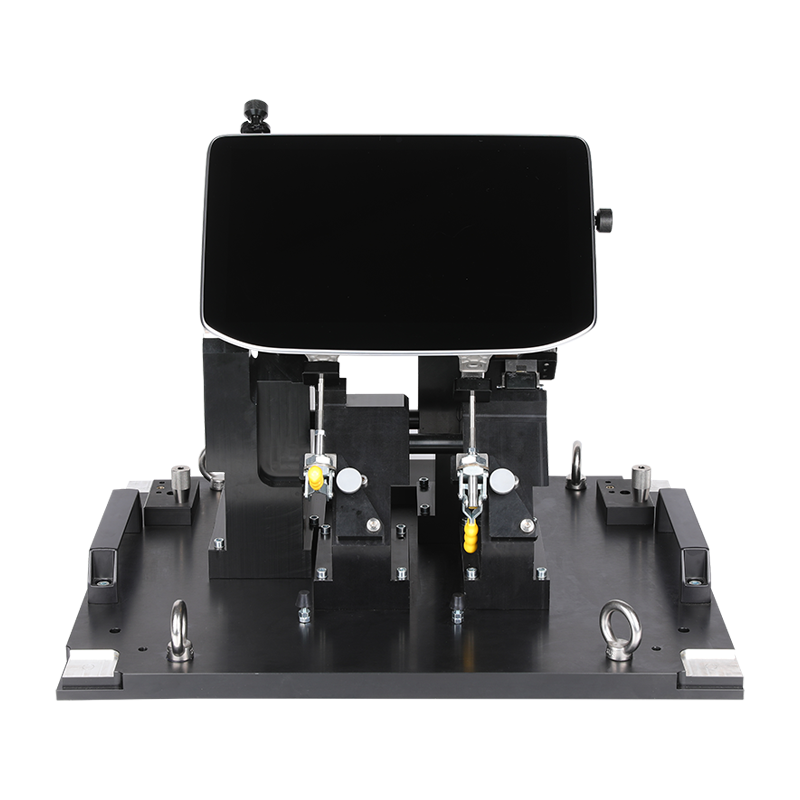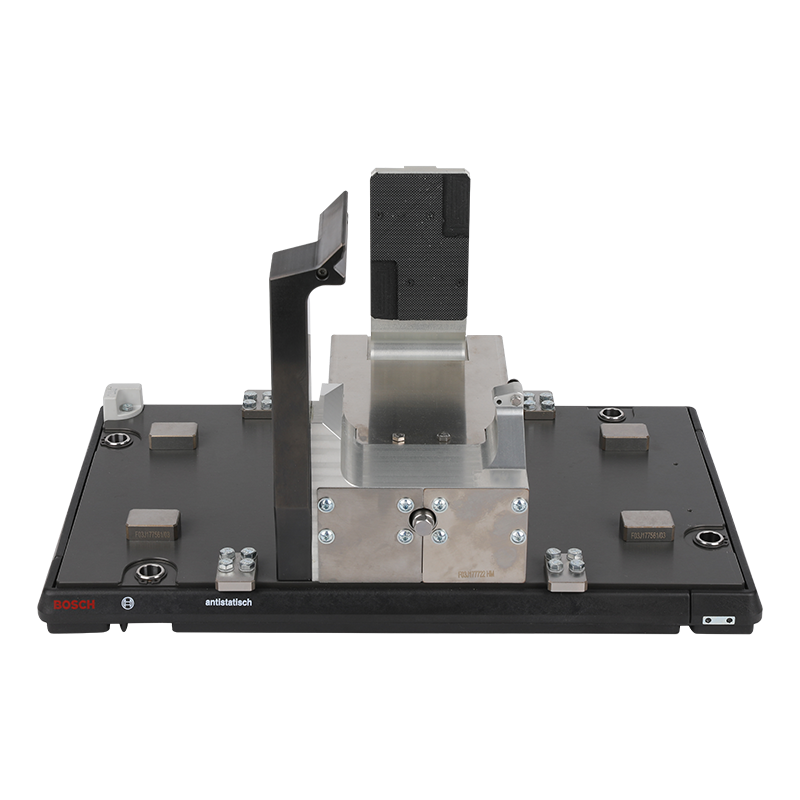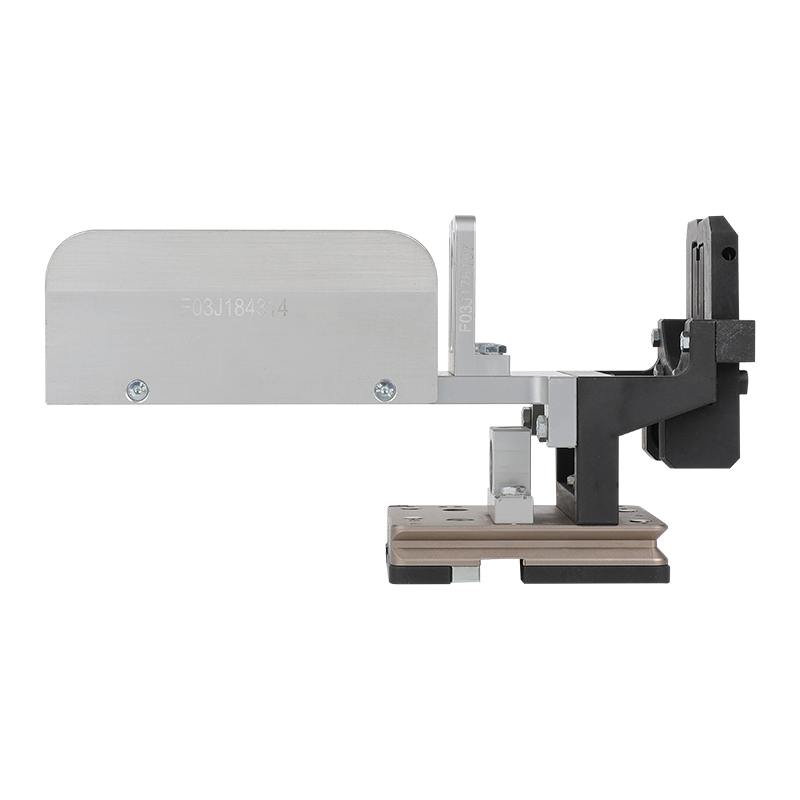In today's manufacturing industry, automation technology is undoubtedly at the core of the general trend of moving towards intelligence, high efficiency and high flexibility. Behind the automation system, what supports its efficient operation are those seemingly inconspicuous but highly technical customized automation equipment parts. They are not only the key interface for coordination between machines, but also the core of improving equipment performance and realizing differentiation and specialization of production lines. With the continuous upgrading of industrial demand, standardized parts can no longer meet the special process requirements in various complex scenarios. Customized solutions have therefore emerged and are increasingly becoming an important driving force for intelligent manufacturing.
The biggest advantage of customized automation equipment parts is its high adaptability. There are often huge differences in the process flows involved in different companies and different products, which may make it impossible for general parts to achieve ideal conditions during installation, debugging and even daily operation. By finely designing and customizing according to parameters such as the structure, operating environment, and motion characteristics of the equipment, not only can the overall stability and coordination efficiency of the system be improved, but also the maintenance cost and failure rate can be significantly reduced.
Customized parts often represent the forefront of technological innovation in automation companies. In order to meet the stringent requirements of different industries in terms of high speed, high precision, high cleanliness, etc., engineers continue to explore and make breakthroughs in material selection, structural optimization, sensor layout, power transmission methods, etc. With the continuous development of advanced manufacturing processes, such as the introduction of additive manufacturing (3D printing), multi-axis CNC machining, laser cladding and other technologies, customized parts can not only realize the transformation process from design to physical objects faster, but also provide a technical basis for the realization of complex structures, greatly expanding the boundaries of product design.
Customized automation equipment parts are also becoming an important part of the transformation of manufacturing services. More and more equipment manufacturers are beginning to provide integrated customization services, not only providing complete equipment, but also undertaking the development, testing and upgrading of parts. This "Parts-as-a-Service" (PaaS) model not only enhances customer stickiness, but also prompts companies to form a more efficient closed-loop mechanism in R&D, operation and maintenance, and supply chain management. Especially in fields such as high-end equipment manufacturing, medical devices, aerospace, etc. that have extremely high requirements for reliability and precision, customized parts often determine the ultimate competitiveness of products.
Customization also puts forward higher engineering capabilities and management requirements for manufacturing companies. It is not just a "non-standard" design in terms of technology, but also covers challenges in multiple dimensions such as demand research, cross-departmental collaboration, rapid prototyping, quality control, and project delivery. In this context, a composite team that can integrate technologies from multiple fields such as industrial design, mechanical engineering, electrical automation, and software control has become a key factor in promoting the smooth development of customized business.
In the era of intelligent manufacturing, customized automation equipment parts are not just part of the production tools, but are themselves a concentrated reflection of the company's technical strength, innovation capabilities, and market adaptability. Whoever can take the lead in forming core technologies and systematic solutions in this field will be expected to stand out in the fierce industry competition and lead the new direction of future manufacturing.

 English
English русский
русский